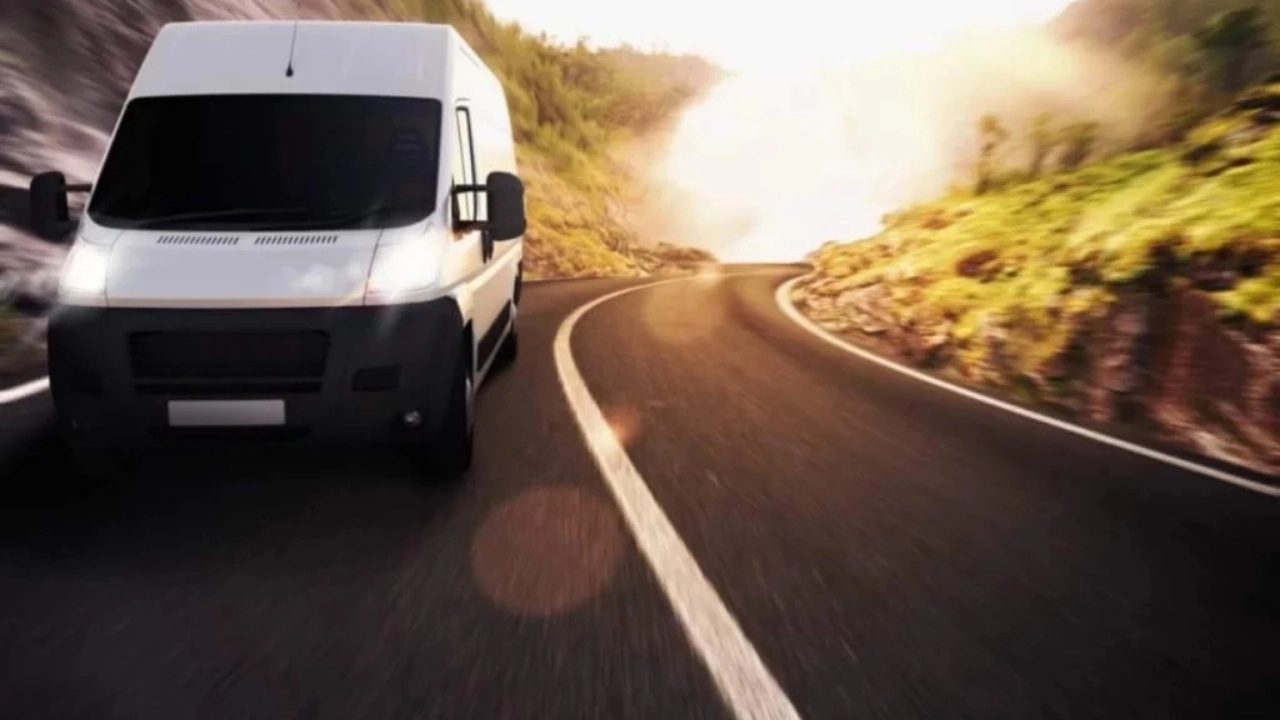Business
Opinion: How marijuana retailers can make their delivery services future-ready

Learn from top cannabis industry leaders including Berner (Cookies), Nancy Whiteman (Wana Brands), Chris Walsh (MJBiz) and more at MJBizCon in Las Vegas (Nov. 15-18). Register to attend.


Marijuana delivery has come a long way in the past decade.
With nearly half of U.S. adults having tried marijuana, a push for widespread legalization and a growing cannabis culture have made it easier than ever for MJ delivery operations to flourish.
However, it wasn’t always this way.
Before states such as California and Colorado began legalizing recreational marijuana, cannabis delivery was a covert affair, carried out through illicit trades in dorm rooms and fast-food restaurant parking lots.
Still, slightly more sophisticated methods arose.
In the early 2000s, a network of organized delivery formats quietly emerged, in which cannabis users could make a call and a bicycle courier would arrive sometime during the day with a discreet delivery.
In California specifically, these services popped up as a way to evade restrictions on cannabis storefronts, even as the state made moves toward the sweeping legalization it enjoys today.
Now, with recreational marijuana legal in 19 states and Washington DC, cannabis delivery is going the way of Uber Eats and Doordash.
In fact, a 2021 poll of marijuana users in California revealed 90.1% of respondents primarily purchased cannabis via delivery during the COVID-19 pandemic.
With this rising expectation of convenience, retailers must be prepared to tackle the challenges of the post-pandemic delivery landscape head-on in order to meet this demand.
Below are three strategies to help:
Practice safe delivery
It should go without saying that a good delivery business cannot cut corners, no matter the product being sold.
But for cannabis stores, whose highly valuable product faces complicated legal regulations, this means taking numerous extra precautions to ensure product is stored, transported and delivered within compliance.
The most important step to practicing safe delivery is prioritizing driver safety.
Depending on the size of the delivery team, having two employees in each delivery vehicle can be an effective accountability tactic – some states even require it.
Retailers can also monitor their drivers on the road and implement regular check-ins to ensure deliveries are being conducted properly and address any hazards or concerns.
Stores must also plan safe, efficient delivery routes in accordance with local laws.
For example, if drivers are permitted to deliver only one order at a time, retailers might consider hiring more drivers to increase daily delivery volume – instead of forcing drivers to rush orders on the road.
One cannabis transport service in California is able to boast delivery in less than an hour because they have their own highly trained delivery fleet.
However, as this might not be possible for smaller stores and individual sellers, retailers should prioritize ongoing driver training as well as the use of proof-of-delivery systems to ensure the intended recipients are the ones who receive their packages.
Overall, customers want to know their deliveries are being made with care, and safe delivery practices will mitigate errors and reduce the risk of a lost or damaged order.
Prioritize the customer experience
Cannabis delivery is a hot industry at the moment, with competitors scrambling to create the most convenient, high-quality service for consumers.
But the customer experience is about more than simple convenience. Personalization and open communication can go a long way in shaping the delivery experience, allowing customers to be an active part of the process.
While it’s not quite the friendly relationship a customer might have had with their former marijuana dealer, a more personal experience can help to foster consumer trust.
Retailers should take an approach to personalization that best fits their business.
Some cannabis delivery platforms are educational communities for various consumer and industry topics, but they also position themselves as a source of expertise.
Others offer personalized product recommendations and follow-up after deliveries to keep customers engaged and satisfied.
On the communication side, stores can use special apps – or more traditional methods such as text messaging and email – to keep customers informed of the status of their order.
In a time when consumer relationship-building happens more and more frequently online, making communication around deliveries accessible has become a critical part of customer service.
Invest in delivery technology
Using the right software can also help marijuana retailers optimize and secure their delivery processes.
When developing a cannabis delivery tech suite, route planners, proof-of-delivery applications, driver monitoring systems and package trackers should all be priorities.
- Route planners, operating like a more advanced version of Google Maps, can help companies save on fuel costs and cut time on the roads without compromising safety. A good route planner is adaptable to traffic hazards and likely includes other functionalities, such as package location.
- Proof-of-delivery (POD) apps use photo, text messaging or e-signatures to confirm packages are delivered on time and to the appropriate sender. POD is vital to maintaining proper delivery records and resolving any discrepancies that might arise.
- Driver monitoring systems allow stores to keep track of their delivery people in real time, which is critical when delivering valuable product, especially if employees are using their personal vehicles to make deliveries.
- Package-tracking and management systems facilitate the delivery process by allowing drivers to locate packages within their vehicles instantly, preventing mix-ups and loss of valuable product.
There are also software technologies that help keep marijuana retailers compliant with local and state regulations.
Depending on the extent of a store’s delivery services, when implemented properly, delivery tech should accelerate and optimize the process, ultimately making things easier for them – not harder.
The future of delivery is here, and in order to adapt to a heightened demand for cannabis, as well as a growing reliance on convenience, retailers that deliver must create a balance of safety, efficiency and personalization in their processes.
Source: https://mjbizdaily.com/how-marijuana-retailers-can-make-their-delivery-services-future-ready/